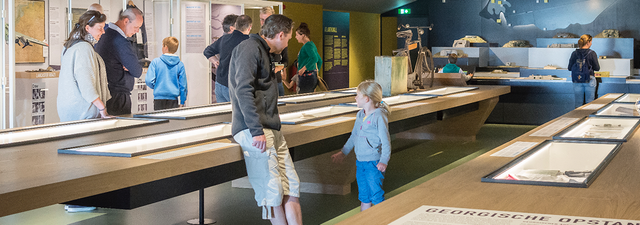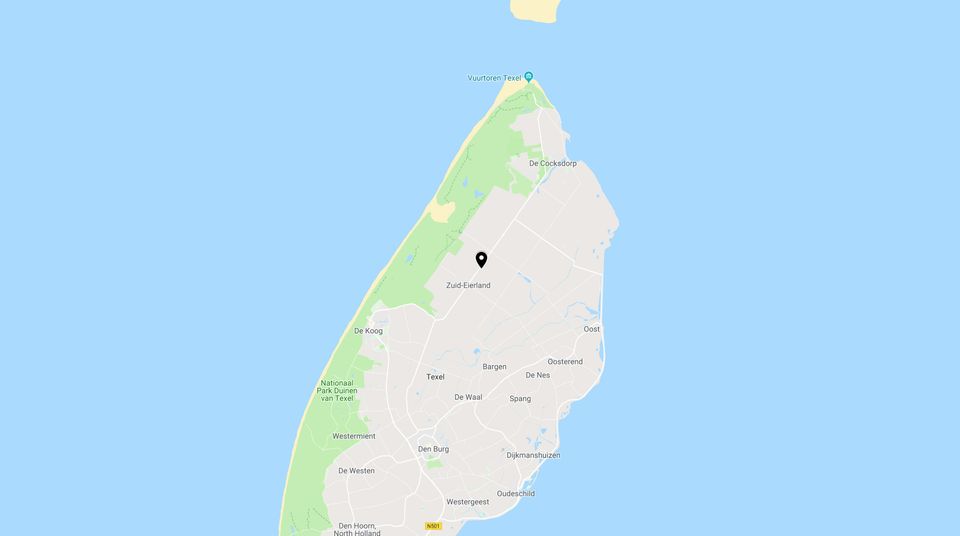Visit Texel
The story of Texel at the beginning of WWII was rather calm but this cannot be said of the end, which was characterised by an uprising of a Georgian battalion. The heavy fighting during the last months of the war cost the lives of 117 Texel inhabitants. The Georgian cemetery is a memorial to this battle, long commonly called the 'Russians war'. You will find all the stories about Texel during WWII in the War and Aviation Museum, which is also the starting point of the military heritage routes on the island.
Texel was a strong support point in the Atlantic Wall for the German occupiers with more than 500 buildings, including 3 coastal batteries and 2 anti-aircraft batteries, on the island.
The War and Aviation Museum has set out various routes along the remains of the Atlantic Wall on Texel. The museum is working hard to make some of the bunkers accessible again, including the South-Battery's outlook post on the Loodsmansduin on the southernmost point of the island and several bunkers close to the museum.

Little more than 10 of the hundreds of bunkers built on Texel during the war remain. The bunkers right on the coast were either reclaimed by the sea or ordered to be destroyed by the Ministry of Waterways and Public Works. Demolition hammers destroyed most of the bunkers on the island.
Loodsmansduin
The shrapnel-resistant bunkers around Loodsmansduin were long used as small holiday homes but they, too, have since been removed. During the war, the Germans used the Dutch fire-control system post already located there. You can now visit the post, which is still intact and filled with interesting information. The remarkable command post is located opposite the airport.
Communication bunker Texla complex
North of Den Burg, the communication bunker for radio and telephone communication has also remained intact. This bunker was part of the Texla bunker complex which consisted of 50 bunkers, 2 of which remain. The communication bunker played an important role during the Georgian uprising. The mutinous Georgians took control of it and the Germans were unable to call for more troops. The bunker, hidden under the sand for many years, was recently uncovered and the plan is to make it accessible in the future.
War and Aviation Museum in De Cocksdorp
Anyone wanting to learn more about the many different constructions built as part of the Atlantic Wall must certainly visit the War and Aviation Museum in De Cocksdorp. There are scale models of all the bunkers as well as a great deal of information about the Georgian uprising.

